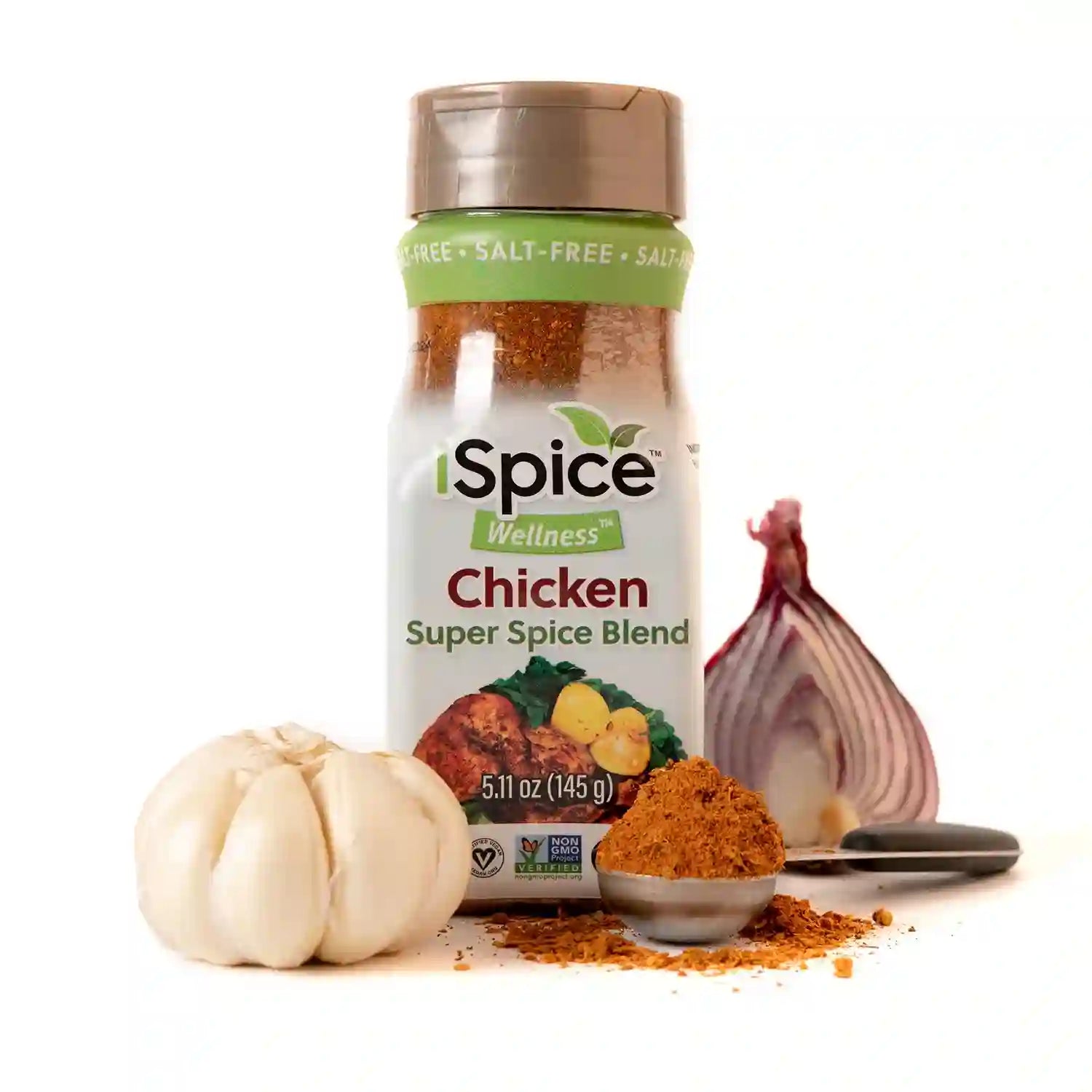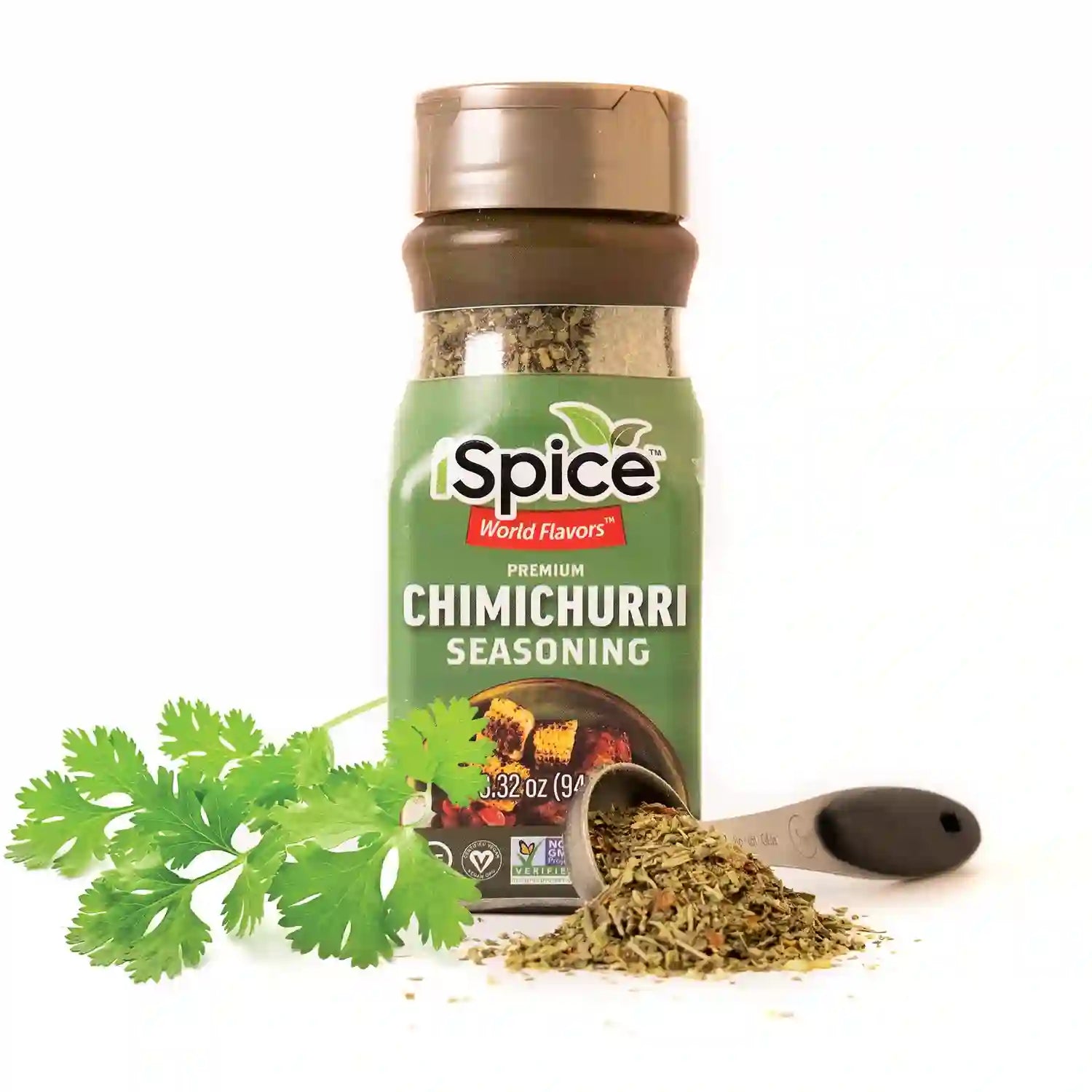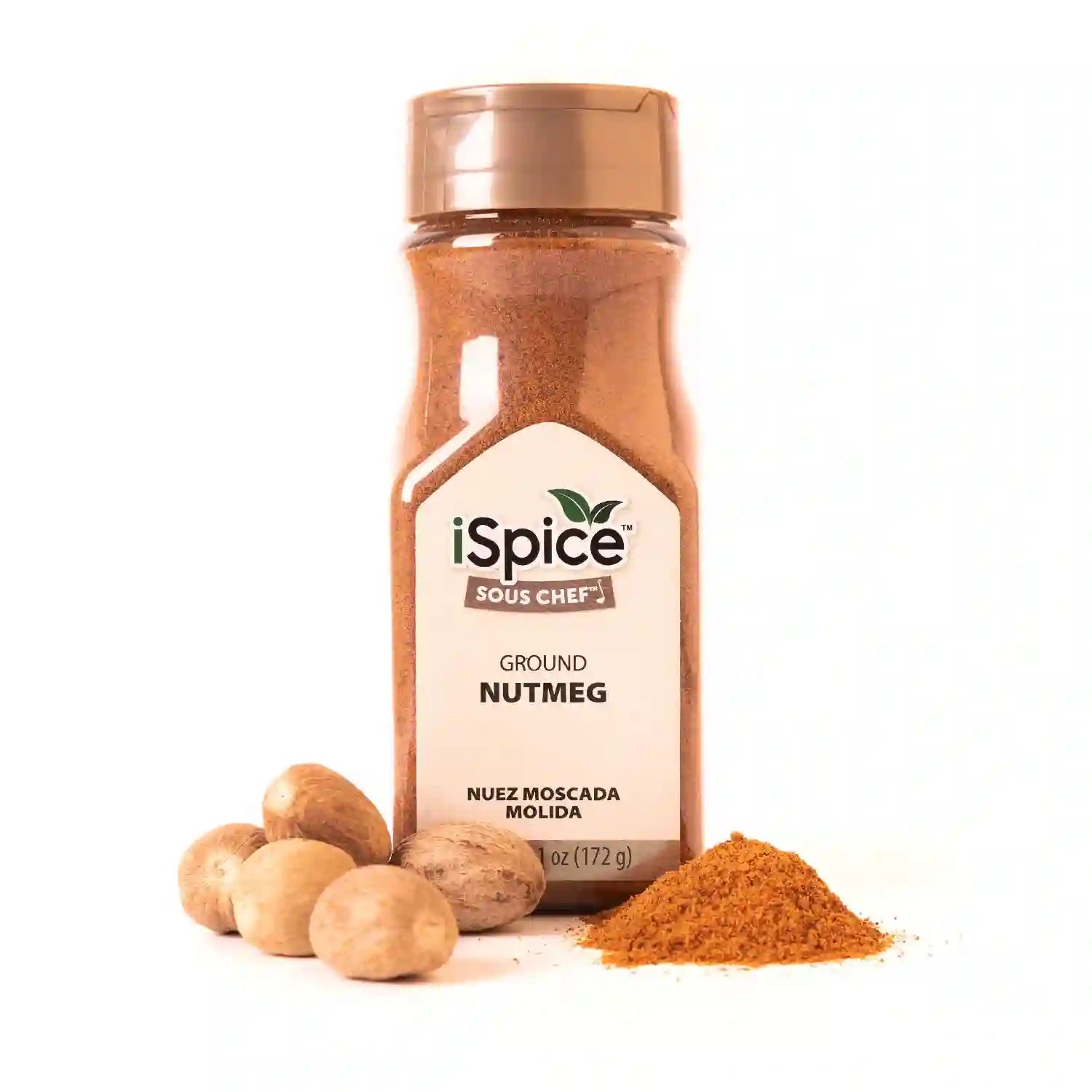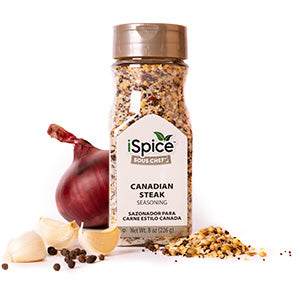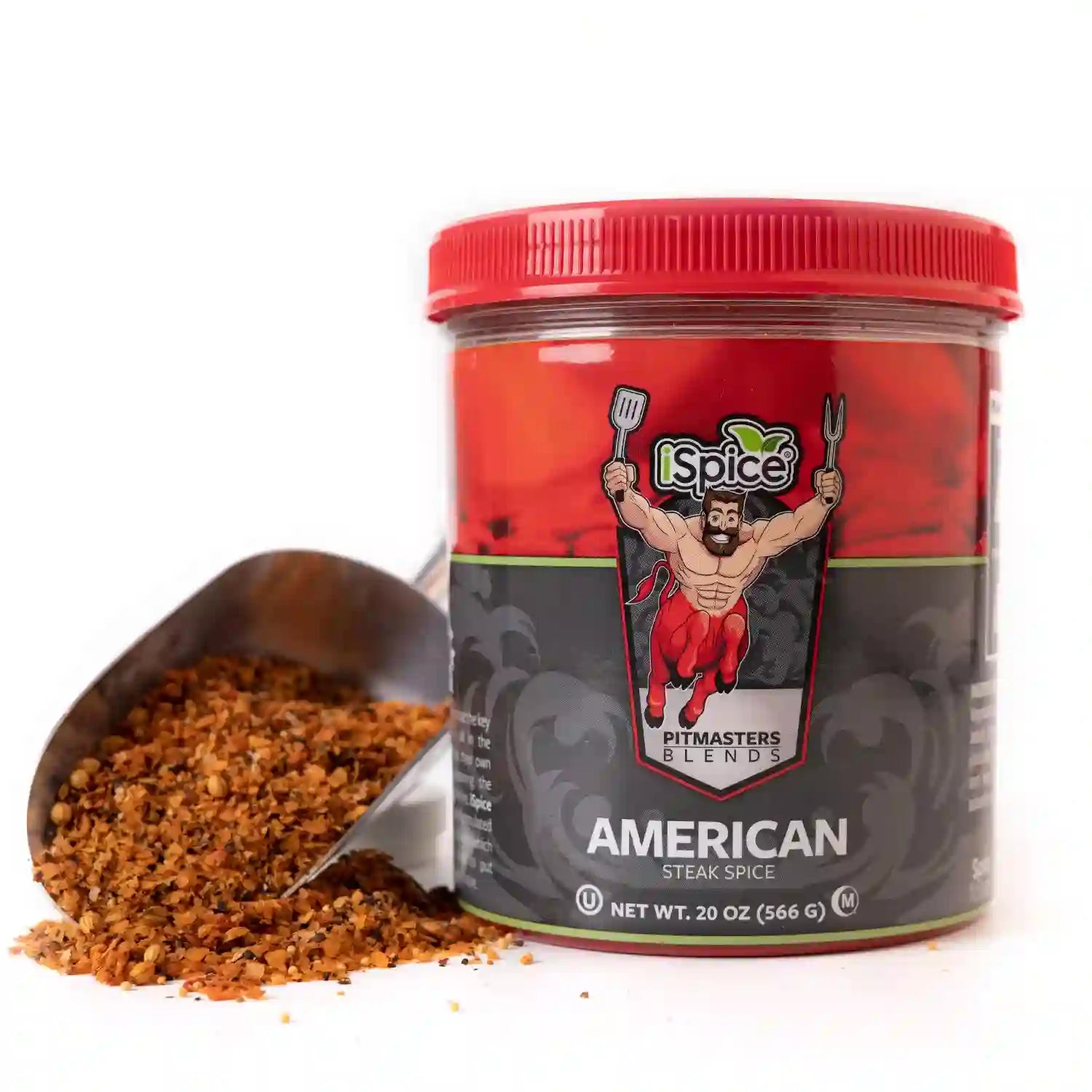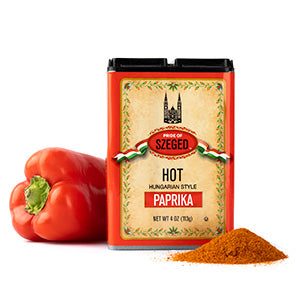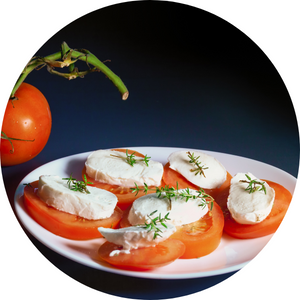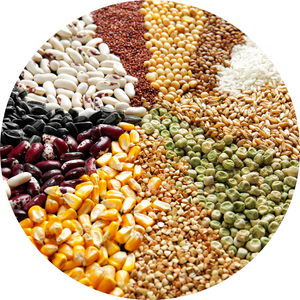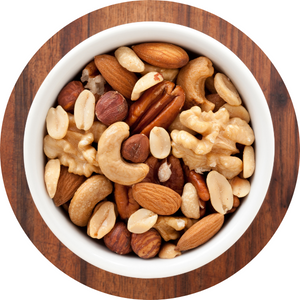
Smoking food is one of the oldest cooking traditions — and one of the most flavorful. While wood provides the smoky base, spices add depth, aroma, and complexity. Together, they transform ordinary cuts of meat or vegetables into rich, layered dishes that capture the essence of outdoor cooking.
Understanding how to pair woods with the right spices helps you achieve the perfect balance of smoke, spice, and texture.
Choosing the Right Aromatic Woods
Different woods create distinct smoke profiles. Each variety burns at its own temperature and releases unique flavor notes that interact with seasonings on your food.
1. Hickory
Strong and bold, hickory produces a deep, smoky flavor perfect for beef brisket, ribs, or pork shoulder. Pair it with black pepper, paprika, or garlic powder.
2. Apple Wood
Sweet and mild, apple wood works beautifully for poultry or pork. Combine it with cinnamon, allspice, or coriander for a light fruit-smoke finish.
3. Cherry Wood
Adds a subtle sweetness and reddish color to meats. Excellent with thyme, cumin, or a touch of brown sugar.
4. Oak
Versatile and balanced, oak suits almost any protein. Its medium-bodied smoke complements savory blends with rosemary, mustard powder, and black pepper.
5. Mesquite
Intense and earthy, mesquite burns hot and fast — ideal for quick-smoked meats. Match it with chili powder, cumin, or chipotle for bold flavor.
6. Maple
Gently sweet with a smooth smoke. Try it with nutmeg, garlic powder, and brown sugar for chicken or vegetables.
Enhancing Smoke with Spices
Adding spices directly to the smoker or onto hot coals releases aromatic compounds that mingle with the wood smoke. This technique infuses deeper layers of flavor without overpowering the food.
Effective spices for smoking:
-
Cinnamon sticks – add sweet warmth to pork and poultry.
-
Cloves and star anise – introduce subtle spice for ham or duck.
-
Dried herbs (rosemary, thyme, oregano) – provide herbal notes for beef or lamb.
-
Whole peppercorns and bay leaves – deliver classic savory aroma.
-
Mustard seeds and cumin – bring nutty undertones ideal for smoked ribs.
Tip: Wrap whole spices in foil, poke a few small holes, and place the pouch near the heat source. It releases slow, consistent fragrance during smoking.
Combining Woods and Spices
For the best results, pair complementary wood and spice profiles:
| Wood Type | Recommended Spices | Best For |
|---|---|---|
| Hickory | Paprika, black pepper, garlic | Beef, pork |
| Apple | Cinnamon, allspice, coriander | Poultry, ham |
| Cherry | Thyme, cumin, brown sugar | Chicken, duck |
| Oak | Rosemary, mustard powder | Lamb, vegetables |
| Mesquite | Chili, chipotle, cumin | Brisket, short ribs |
| Maple | Nutmeg, garlic powder | Chicken, fish |
Balancing sweetness, smokiness, and spice ensures complexity without bitterness. Always start with mild amounts of both wood and spice until you find the right intensity for your setup.
Pro Tips for Aromatic Smoking
-
Soak wood chips for 30 minutes before use to extend smoke time.
-
Combine woods (like apple and oak) for layered complexity.
-
Avoid resinous woods like pine — they create harsh, bitter smoke.
-
Use fresh spices to release maximum aroma when heated.
-
Maintain steady temperature (225–250°F) for consistent smoke absorption.
FAQ
Q1: Can I add spices directly to wood chips?
Yes. Lightly coat wood chips with oil and toss in crushed spices before smoking. This helps the spices cling and release fragrance as the chips smolder.
Q2: Which wood gives the strongest smoke flavor?
Mesquite and hickory create the boldest flavor. Use them sparingly or mix with milder woods like apple or cherry for balance.
Q3: How can I create my own wood-spice combination?
Start with your favorite wood base, then experiment by adding complementary spices. For example, try apple wood with cinnamon or oak with rosemary.
Q4: Do spices lose strength during long smoking sessions?
Some do. Whole spices hold up longer than ground ones. For extended smoking, add a fresh pouch of spices halfway through.
Q5: What’s the best wood for smoking vegetables?
Milder woods like apple, maple, or cherry prevent overpowering delicate vegetables. Pair with herbs such as thyme or oregano for balanced flavor.

